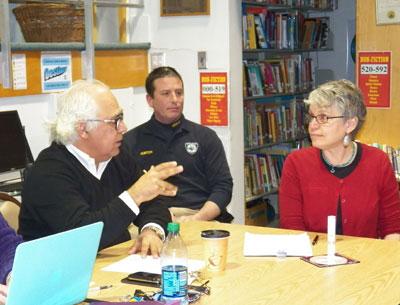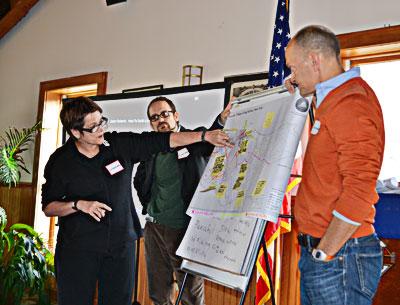ARF’s Week Of Love
ARF’s Week Of Love
The Animal Rescue Fund of the Hamptons has proclaimed it a “week of love” at its adoption center at 90 Daniel’s Hole Road. In celebration of Valentine’s Day and in hopes of finding homes for pets in its care, the center has extended its adoption hours by an hour, from 10 a.m. to 4 p.m. Through next Thursday, those who adopt will receive a free 2013 ARF calendar, a flower pen, and a pet portrait. The adoption fees will be reduced, and tours of the facility will be given. Refreshments will be served as well.
Matchmaking services include help finding the right pet, spaying and neutering, up-to-date vaccinations, and microchips. More information is available by e-mailing adoptions@arfhamptons. org.
A meeting of ARF’s Operation Cat volunteers is scheduled for Wednesday at 6:30 p.m. at the center. The program is intended to reduce the number of strays through trapping and neutering. Prospective members will be welcomed.
In other ARF news, Sara Davison, its executive director, has been voted in as the chairwoman of the new Suffolk Pet Store Rating Board, which was established by the County Legislature. The board’s first meeting was on Feb. 6.




